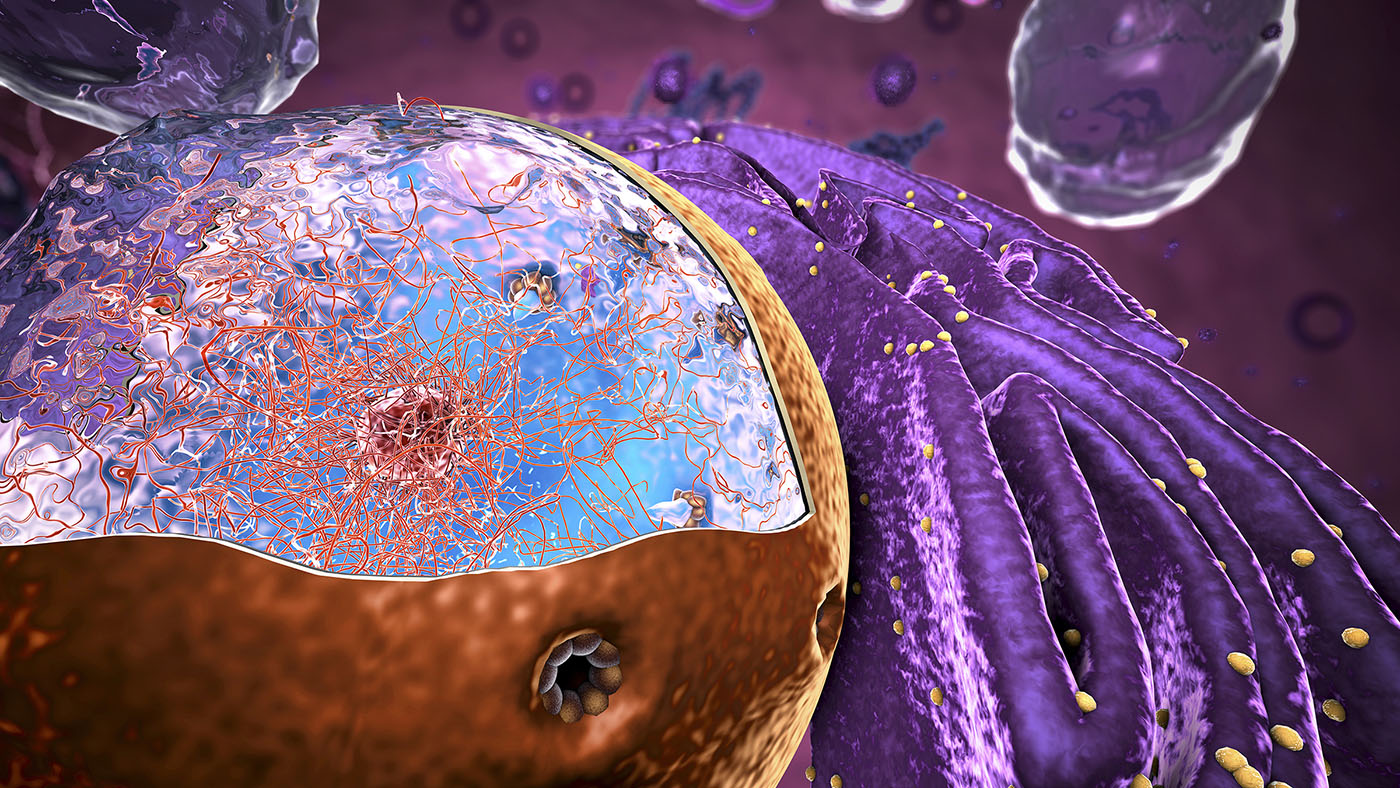UPDATE: Researchers at the University of California Berkeley have made a groundbreaking advancement in gene editing by enhancing the delivery of CRISPR-Cas9 proteins into the cell nucleus. This urgent development could significantly improve the efficiency of T cell therapies, a vital aspect of modern medicine, particularly for treatments like CAR T cell therapy.
In a recent study published by the Innovative Genomics Institute, scientists revealed a novel approach that increases the nuclear entry of Cas9 proteins, a critical factor limiting their effectiveness in clinical applications. The challenge has been that traditional methods, which use nuclear localization signals (NLS), have proven inefficient, with much Cas9 failing to reach its target—an issue that can hinder the development of effective therapies for patients.
The innovative research team, led by Christopher Doyle, PhD, discovered that by inserting additional NLS motifs into the Cas9 protein, they could significantly enhance its ability to penetrate the nuclear membrane. Their findings indicate that this improved method allows for a more efficient gene editing process, which could lead to better therapeutic outcomes.
Testing involved editing primary human T cells, focusing on the b2M and TRAC genes. The results were compelling: the enhanced Cas9 variants demonstrated knockout rates exceeding 80% for the b2M gene, compared to only 66% with traditional methods. Using the newly developed PERC method, which facilitates gentler delivery of CRISPR components, researchers achieved editing efficiencies of 40-50%—a significant improvement over previous techniques.
These advancements are crucial for patients awaiting innovative treatments. As T cell therapies become increasingly central to cancer treatment and other conditions, enhancing the precision and efficiency of gene editing tools like Cas9 could lead to more effective therapies.
The study highlights the importance of nuclear localization in improving gene editing technologies. By incorporating multiple internal NLS motifs, the researchers developed a version of Cas9 capable of maintaining its functionality while enhancing its nuclear import efficiency.
The implications of this research extend beyond just T cell therapies. The potential for higher editing rates could apply to a range of difficult-to-edit cell types, enhancing the effectiveness of both experimental and therapeutic applications. Moreover, maintaining protein yield and scalability in production is a significant advantage, ensuring that these improvements can be translated into clinical settings without extensive modifications to manufacturing processes.
Looking ahead, the researchers plan to explore combining this hiNLS-Cas9 approach with other emerging delivery technologies, such as virus-like particles and lipid nanoparticles, to further improve in vivo gene editing. This collaborative effort could pave the way for more innovative solutions in gene therapy, ultimately benefiting patients in need of advanced treatments.
As the field of genetic engineering rapidly evolves, this breakthrough underscores the importance of continuous innovation. The hiNLS-Cas9 could revolutionize the landscape of gene editing, making complex, multiplexed therapies more feasible and effective.
Stay tuned for updates as this research progresses, promising a brighter future for gene-edited therapies and the patients who depend on them.






